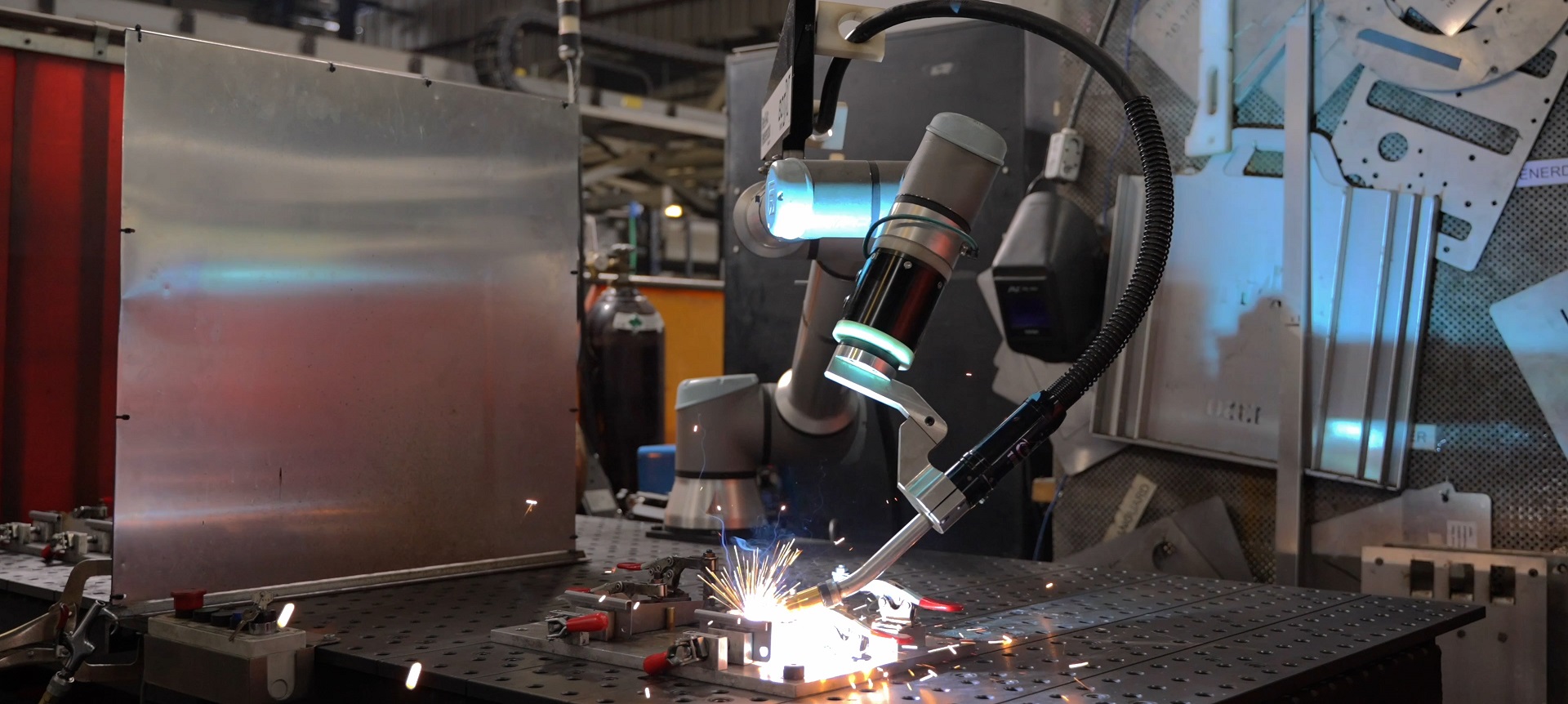The Growing Challenge in Modern Welding
The recruitment and retention of skilled welders presents a persistent challenge for employers. Furthermore, experienced welders often dedicate valuable expertise to routine, repetitive tasks, rather than complex welds that require their advanced skill set. The BotX Cobot Welding System offers a solution to this issue.
Understanding Collaborative Welding Robots
Cobot welders, fundamentally, represent a new paradigm in welding automation. They are collaborative robots, also known as cobots, designed to work alongside human workers, not replace them. Cobots share several key features with their larger, industrial counterparts. These include robotic arms, welding torches, and advanced control systems. However, cobot welders are scaled down and incorporate numerous safety features, making them suitable for close human interaction.
Key Benefits of BotX Cobot Welding Systems
User-friendly
One of the most significant advantages of cobot welders is their user-friendly nature. They are designed for ease-of-use, with intuitive programming interfaces and simplified controls. This allows operators with minimal robotics experience to quickly program and operate the cobot, reducing the need for extensive training and specialized expertise. Additionally, cobot welders are highly adaptable and can be easily reprogrammed or reconfigured to accommodate different welding tasks or changes in production requirements. This flexibility makes them ideal for small and medium-sized businesses that require agile and responsive automation solutions.
Human-Robot Collaboration
Collaborative robots significantly enhance the safety of human workers in a variety of ways. By automating tasks that require close proximity to welding arcs, for example, cobots eliminate the need for humans to engage in prolonged and potentially harmful arc observation. This reduces the risk of eye damage and other injuries associated with exposure to intense light and radiation. Additionally, cobots can handle tasks that generate fumes, minimizing human exposure to potentially hazardous airborne particles and chemicals. This helps to prevent respiratory problems and other health issues that can arise from prolonged fume inhalation. Furthermore, cobots allow the human operator to stand back from the active weld puddle, reducing the risk of human workers suffering burns or other injuries from spatter or direct contact. Overall, the integration of cobots into the workplace can create a safer and healthier environment for human workers, while also improving efficiency and productivity.
Repeatable Quality
While the term “cobot” may evoke a sense of futuristic technology, it is essentially a tool designed to work in conjunction with human welders, not replace them. Cobots are programmed to handle specific tasks, such as repetitive or physically demanding welding operations, with precision and consistency. This collaborative approach allows welders to focus on more complex and nuanced aspects of their work, such as problem-solving, quality control, and adapting to unique welding challenges. By taking over monotonous and strenuous tasks, cobots can reduce the risk of injury and fatigue for welders, leading to improved overall productivity and job satisfaction. Moreover, the integration of cobots into welding processes can enhance efficiency and accuracy, resulting in higher quality welds and reduced production time.
Get Started with BotX Today
If a BotX Cobot Welding System is a good fit for your shop, learn more about BotX or request a quote.
[wpcode id=”9077″]
You also check out our BotX videos on YouTube.








Leave a Reply